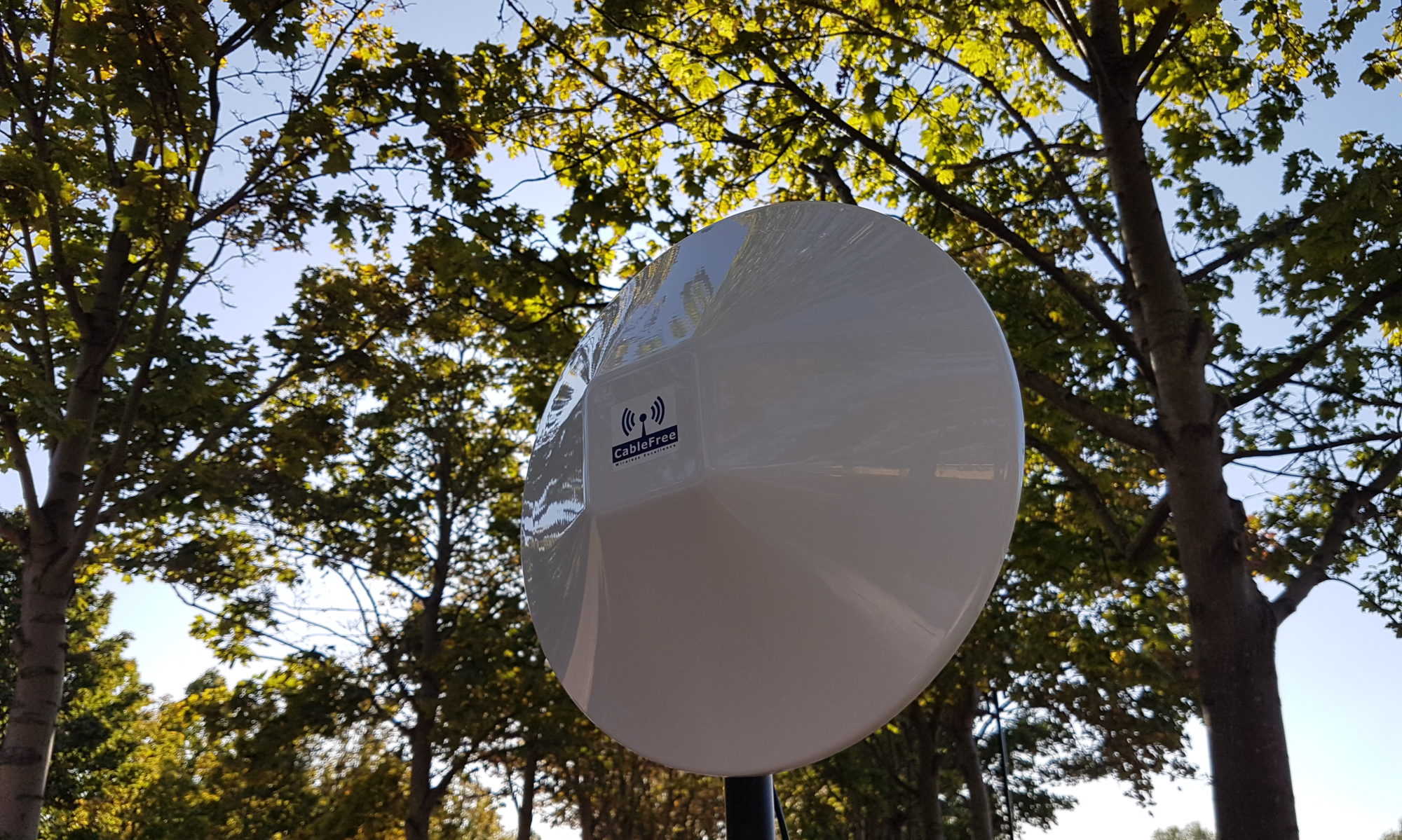IEEE 802.11ay is an enhancement to the current technical standards for Wi-Fi. It is the follow-up of 802.11ad adding four times the bandwidth and adding MIMO up to 4 streams. This is also known as the second WiGig standard.
802.11ay is a type of WLAN in the IEEE 802.11 set of WLANs. It will have a frequency of 60 GHz, a transmission rate of up to 40 Gbps and an extended transmission distance of 300–500 meters. It is likely to have mechanisms for channel bonding and MU-MIMO technologies. It was originally expected to be released in 2017, but has been delayed until 2019. 802.11ay will not be a new type of WLAN in the IEEE 802.11 set, but will simply be an improvement on 802.11ad.

Where 802.11ad uses a maximum of 2.16 GHz bandwidth, 802.11ay bonds four of those channels together for a maximum bandwidth of 8.64 GHz. MIMO is also added with a maximum of 4 streams. The link-rate per stream is 44Gbit/s, with four streams this goes up to 176Gbit/s. Higher order modulation is also added, probably up to 256-QAM.
Applications include replacement for Ethernet and other cables within offices or homes, and provide backhaul connectivity outside for service providers.
802.11ay must not be confused with the similarly-named 802.11ax standard that was released in 2019. Although they boast similar speeds, the 802.11ay standard is designed to run at much higher frequencies below 6GHz. The lower frequency of 802.11ax enables it to penetrate walls, something that the higher frequency signals used by 11ay standard cannot do.
802.11ad channels:
| Channel | Center (GHz) | Min. (GHz) | Max. (GHz) | BW (GHz) |
|---|---|---|---|---|
| 1 | 58.32 | 57.24 | 59.40 | 2.16 |
| 2 | 60.48 | 59.40 | 61.56 | |
| 3 | 62.64 | 61.56 | 63.72 | |
| 4 | 64.80 | 63.72 | 65.88 | |
| 5 | 66.96 | 65.88 | 68.04 | |
| 6 | 69.12 | 68.04 | 70.20 |
Note: Some of these frequencies might not available for the use of IEEE 802.11ad networks around the world (reserved for other purposes or requires licenses).
Limitations of 802.11ay
Because it uses the V band of millimeter wave (mmW) frequency, the range of IEEE 802.11ay communication is rather limited (just a few meters and difficult to pass through obstacles/walls) compared to other conventional Wi-Fi systems. However, the high frequency allows it to use more bandwidth which in turn enables the transmission of data at high data rates up to multiple gigabits per second, enabling usage scenarios like transmission of uncompressed UHD video over the wireless network.
For Further Information
Please Contact Us


